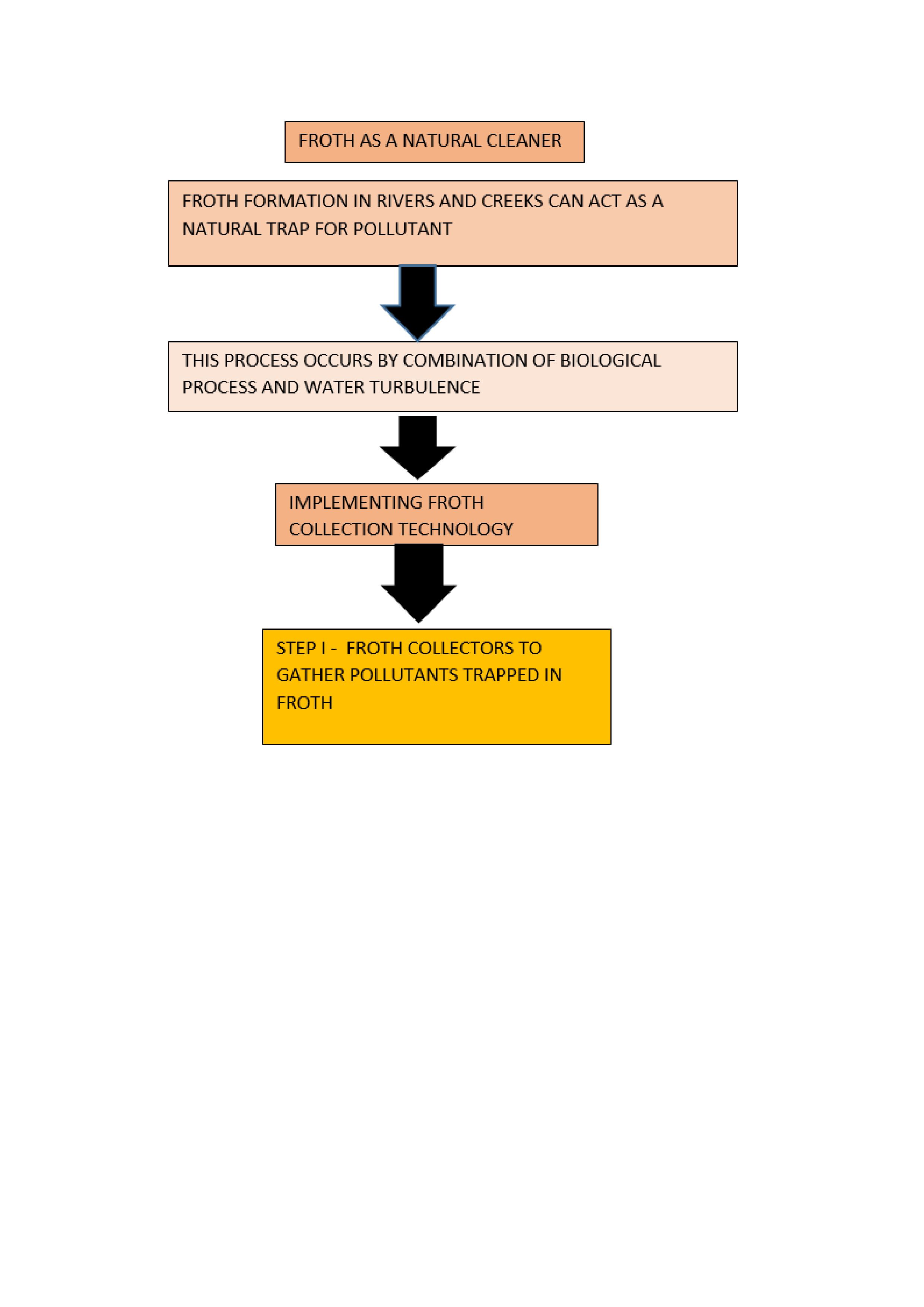
This study investigates the natural self-purification ability of a creek through the process of froth formation. The research focuses on the creek's capacity to clean itself by capturing and removing pollutants naturally. The problem addressed is the accumulation of organic and inorganic contaminants in the water, which poses a threat to the aquatic ecosystem. The proposed solution explores how naturally formed froth can act as an effective mechanism for trapping and eliminating a wide range of pollutants. The froth formation is driven by biological processes, including the decomposition of organic matter by fungi, bacteria, Archaea, Algae, Virsus, Protozoa and animal parasites. These processes release biological surfactants and biogas microbubbles, which, combined with dissolved air and pollutants, lead to the creation of froth enriched with contaminants. The findings confirm that the creek has a natural ability to purify itself, as the froth effectively absorbs and collects dissolved pollutants. This process reduces the organic load in the water, thereby improving water quality. The study demonstrates that froth formation is a vital subprocess in the self-purification of river ecosystems, particularly through microbial decomposition of organic material. This natural mechanism supports water treatment by enhancing the removal of contaminants. The research validates the hypothesis that the creek's froth formation plays a significant role in its self-cleaning process, offering insights into the potential for natural water purification methods.
Total file downloads: 23